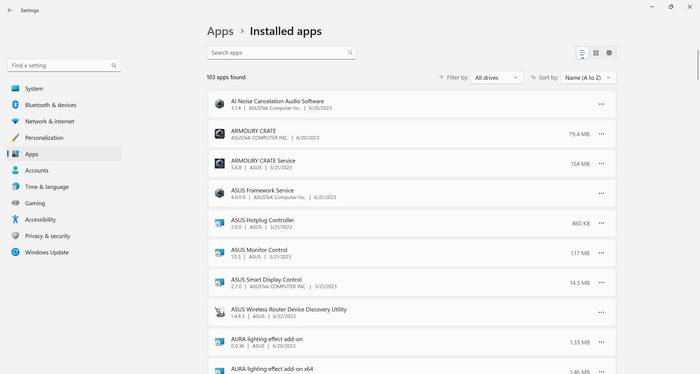When you purchase a new Dell computer, you may notice a pre-installed software called Dell Digital Delivery. This software is designed to simplify the process of downloading and installing software updates, drivers, and other digital content on your Dell device. However, you may be wondering if Dell Digital Delivery is necessary or if it can be safely removed from your computer. In this article, we will explore what Dell Digital Delivery is, how it works, and whether or not you should consider removing it.

What is Dell Digital Delivery?
Dell Digital Delivery is a software application developed by Dell that comes pre-installed on many Dell computers. Its primary purpose is to provide a convenient way for users to download and install software updates, drivers, and other digital content directly from Dell’s servers. This eliminates the need to search for updates manually or visit Dell’s website to download them.
When you first set up your Dell computer, Dell Digital Delivery is automatically installed and configured to run in the background. It periodically checks for updates and downloads them in the background, ensuring that your system is up to date without requiring any manual intervention.
How Does Dell Digital Delivery Work?
Once Dell Digital Delivery is installed on your computer, it creates a scheduled task that runs in the background. This task checks for updates and downloads them from Dell’s servers. When an update is available, Dell Digital Delivery notifies you and gives you the option to install it immediately or at a later time.
When you choose to install an update, Dell Digital Delivery handles the entire process. It downloads the update, verifies its integrity, and installs it on your computer. This ensures that you have the latest software versions and drivers without having to manually search for and install them.
Should I Remove Dell Digital Delivery?
Now that we understand what Dell Digital Delivery is and how it works, let’s discuss whether or not you should consider removing it from your computer.
Advantages of Dell Digital Delivery:
- Convenience: Dell Digital Delivery simplifies the process of downloading and installing software updates, drivers, and other digital content. It eliminates the need to manually search for updates or visit Dell’s website.
- Automatic Updates: With Dell Digital Delivery, you can ensure that your system is always up to date without any manual intervention. This helps to improve system stability, security, and performance.
- Efficiency: By automating the update process, Dell Digital Delivery saves you time and effort. You don’t have to worry about keeping track of the latest updates or manually installing them.
Disadvantages of Dell Digital Delivery:
- Resource Usage: Dell Digital Delivery runs in the background and periodically checks for updates. This can consume system resources, such as CPU and memory, which may impact the overall performance of your computer.
- Bloatware: Some users consider Dell Digital Delivery to be bloatware, as it is a pre-installed software that they may not find useful. If you prefer to have more control over the software installed on your computer, you may choose to remove it.
Ultimately, the decision to remove Dell Digital Delivery depends on your personal preferences and needs. If you value convenience and automatic updates, then keeping Dell Digital Delivery may be beneficial. However, if you prefer to have more control over your system resources and the software installed on your computer, you may consider removing it.
How to Remove Dell Digital Delivery?
If you have decided to remove Dell Digital Delivery from your computer, there are a few methods you can use:
- Uninstall via Control Panel: You can uninstall Dell Digital Delivery like any other software through the Control Panel. Simply navigate to “Programs and Features” or “Add or Remove Programs,” locate Dell Digital Delivery in the list of installed programs, and click on “Uninstall.”
- Third-Party Uninstaller: Using a third-party uninstaller tool can help ensure a complete removal of Dell Digital Delivery and any associated files or registry entries. One recommended tool is Revo Uninstaller Free, which offers advanced scanning and cleaning features.
Before removing Dell Digital Delivery, it is important to note that it may be required for certain Dell-specific software or features to function properly. If you are unsure, it is recommended to check Dell’s support website or contact their customer support for guidance.
Conclusion
Dell Digital Delivery is a pre-installed software application that simplifies the process of downloading and installing software updates, drivers, and other digital content on Dell computers. While it offers convenience and automatic updates, it may consume system resources and be considered bloatware by some users.
Ultimately, the decision to remove Dell Digital Delivery depends on your personal preferences and needs. If you value convenience and automatic updates, it may be beneficial to keep it. However, if you prefer more control over your system resources and installed software, you may choose to remove it.
When removing Dell Digital Delivery, it is recommended to use a third-party uninstaller tool like Revo Uninstaller Free to ensure a complete removal. Before uninstalling, make sure to check if any Dell-specific software or features rely on Dell Digital Delivery for proper functionality.










